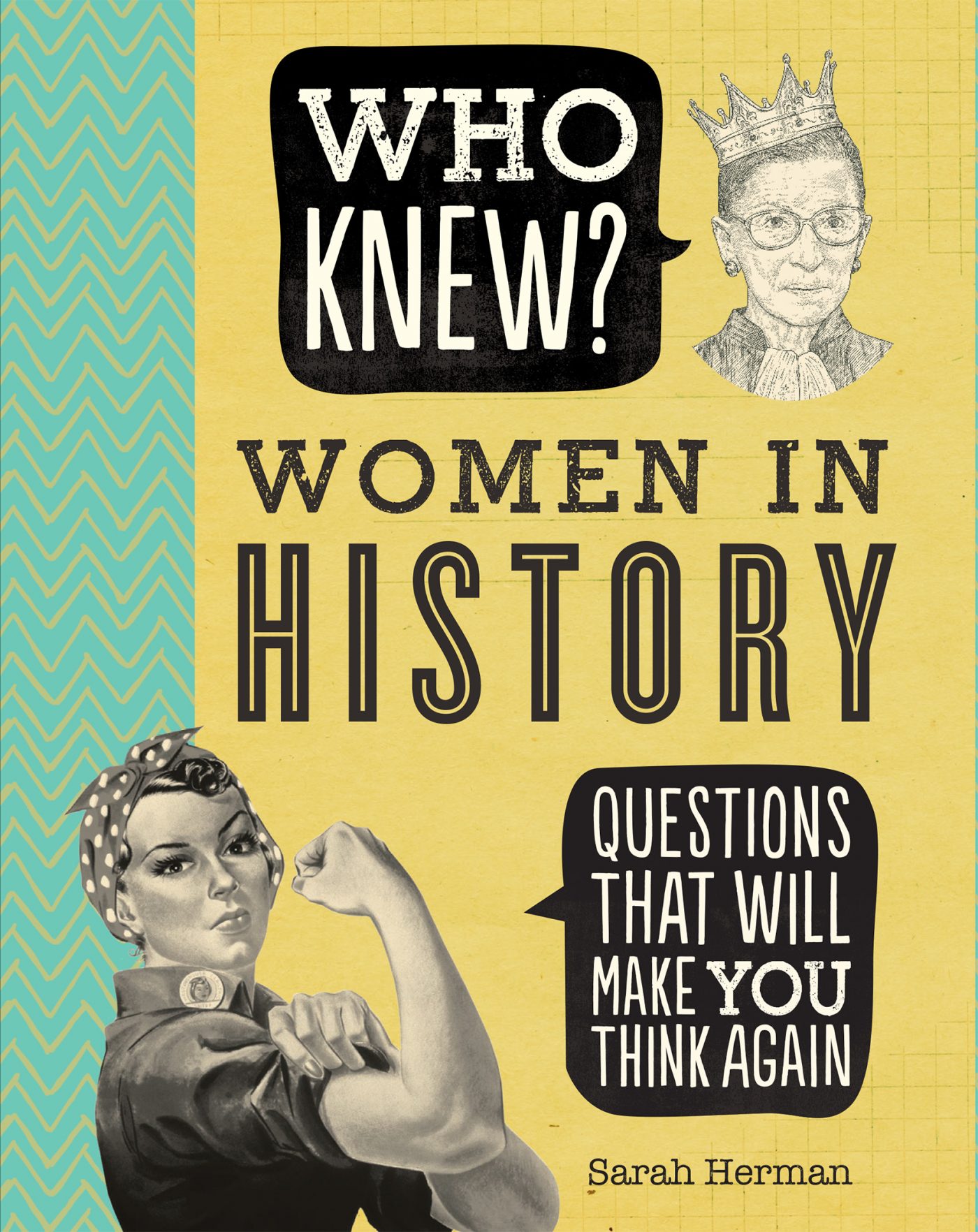They say that necessity is the mother of invention…and here then are some “mothers” or very important technologies.

El Dorado Jones
After listening to women’s suffrage crusader Susan B. Anthony speak at the 1893 Chicago World’s Fair, El Dorado quit her job selling insurance and went into the more lucrative world of advertising. She soon realized that the real money was in creating, inventing, and owning the patents on the things being sold. And so, as if it really were that easy, she started inventing stuff. Among her first gadgets: a saltshaker that kept out moisture, a compact ironing board, and a travel-size iron. In 1913, she started a factory to make her products and hired only women over the age of 40.
A few years later, Jones overheard two men in a coffee shop discuss airplanes — and how loud they were. At the same time, she noticed the café utilized a fan to draw out hot air. She put the two concepts together and devised the first ever airplane muffler. Her design: a series of fans pushed air out of a centralized fan attached to the plane’s exhaust mechanism.
Mary Anderson
In 1903, California wine maker Mary Anderson took a business trip to New York. While riding in a trolley during a rainstorm, she noticed that the operator kept the front window open so he could reach out and manually wipe the rain off the windshield. Why not an outside-mounted device that automatically wicked the rain away, Anderson thought. Her device was made out of a weighted rubber blade, attached to a spring-loaded arm that moved across the windshield, and it shot all the rain away. Anderson received a patent, but no auto companies would take her up on the idea. However, in 1922 — two years after that patent expired, and it became public domain technology — Cadillac became the first carmaker to install windshield wipers.
Read about more remarkable women in Who Knew? Women in History, by Sarah Herman. It’s available now!
Tabitha Babbitt
Along with her family, nine-year-old Tabitha Babbitt joined the religious sect known as the Shakers in 1793. She grew up in the community and watched other Shakers make furniture, a process that began with using a whipsaw to cut wood. That’s the kind of saw that involves two people going back and forth with a two-handed saw blade, one pushing, one pulling. Babbitt realized that half of the labor was wasted, as only the forward motion did the cutting. She theorized that if a round saw blade was used — perhaps one similar to the weaving wheel she used to make clothing — it could be more efficient. So, she created a circular saw blade, attaching it to a spinning axle and a manual engine powered by water. By the middle of the 19thcentury, Babbitt’s saw blade had been widely adopted throughout the New England log-cutting industry.
Babbitt also figured out another way to speed up furniture-craft. When she started on furniture, nails were individually hand-forged, like any other object made of iron. Instead, Babbitt took a single sheet of iron and with a nail-shaped template, stamped out multiple nails at a time. She thereby invented uniform, batch-cut, mass-produced nails.









